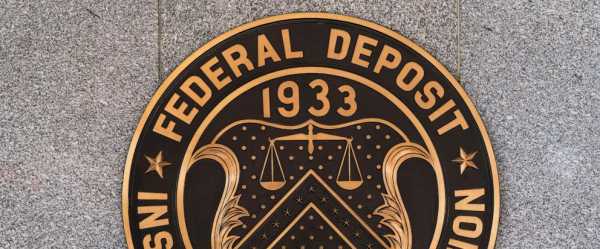
The bidding process for the successor of Silicon Valley Bank is being extended by the Federal Deposit Insurance Corp. to give more time to work out a potential deal.
The FDIC said Monday that there’s been “substantial interest” from multiple parties for Silicon Valley Bridge Bank. The agency said it’s going to allow parties to submit separate bids for Silicon Valley Bridge Bank and its subsidiary Silicon Valley Private Bank in order to simplify the bidding process and expand the pool of possible bidders.
Qualified insured banks and qualified insured banks working with non-bank partners will be able to submit whole-bank bids or bids on the deposits or assets of the institutions. Bank and non-bank financial firms will be allowed to bid on asset portfolios.
Bids for Silicon Valley Bridge Bank must be submitted by by 8:00 p.m. ET on Friday, while bids for Silicon Valley Private Bank are due by 8:00 p.m. ET on Wednesday.
On Friday the parent of Silicon Valley Bank filed for Chapter 11 bankruptcy protection.
SVB Financial Group is no longer affiliated with Silicon Valley Bank after its seizure by the FDIC. Its collapse was the second biggest bank failure in U.S. history after the demise of Washington Mutual in 2008.
Silicon Valley Bridge Bank was not included in the Chapter 11 filing.
The shuttering of Silicon Valley Bank and of New York-based Signature Bank has revived bad memories of the financial crisis that plunged the United States into the Great Recession of 2007-2009.
Along with those two, First Republic Bank received a $30 billion rescue package from 11 of the biggest U.S. banks in an effort to prevent its collapse. First Republic Bank has since been downgraded by S&P Global Ratings which said that the rescue package should ease near-term liquidity pressures, but it may not solve the substantial business, liquidity, funding, and profitability challenges that it believes the bank is now likely facing.
The federal government, determined to restore public confidence in the banking system, moved to protect all the banks’ deposits, even those that exceeded the FDIC’s $250,000 limit per individual account.
But on Monday shares of Credit Suisse plunged by more than half after banking giant UBS said it would buy its troubled Swiss rival for almost $3.25 billion in a deal orchestrated by regulators to try to stave off further turmoil in the global banking system.
The FDIC said late Sunday that New York Community Bank agreed to buy a significant chunk of the failed Signature Bank in a $2.7 billion deal.
Despite all of the concerns swirling around the banking sector, Wall Street is opening mostly higher on Monday.
Sourse: abcnews.go.com